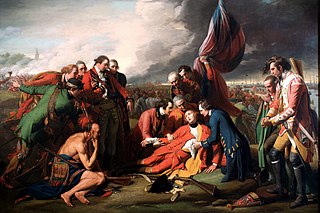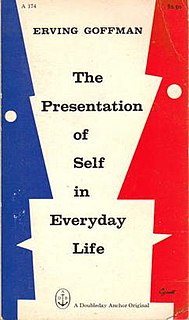Erving Goffman (1922–1982) was a Canadian sociologist

Erving Goffman was a Canadian-American sociologist, social psychologist, and writer, considered by some "the most influential American sociologist of the twentieth century". In 2007 he was listed by The Times Higher Education Guide as the sixth most-cited author in the humanities and social sciences, behind Anthony Giddens, Pierre Bourdieu and Michel Foucault, and ahead of Jürgen Habermas.
Goffman may also refer to:
- Alice Goffman, American sociologist (and daughter of Erving Goffman)
- Andrew Goffman, American actor and author
- Barb Goffman, American mystery short-story writer
- Casper Goffman, American mathematician
- Daniel Goffman, American historian and author
- Irwin William Goffman, American sociologist
- Ken Goffman (R. U. Sirius), American writer, musician and cyberculture celebrity
- Lindsay Goffman, American film and television production company executive with 3AD
- Mark Goffman, American television writer and producer
- Frances Goffman Bay, Canadian American character actress (and sister of Erving Goffman)
- John William Gofman, American scientist and Chair, Committee for Nuclear Responsibility
- William Goffman, American mathematical information scientist
Alice Goffman is an American sociologist, urban ethnographer, and Visiting Assistant Professor of Sociology at Pomona College.
Andrew Goffman is an American actor, stand-up comic, and author/performer of the Off-Broadway one man show The Accidental Pervert.
R. U. Sirius is an American writer, editor, talk show host, musician and cyberculture celebrity. He is best known as co-founder and original editor-in-chief of Mondo 2000 magazine from 1989 to 1993. Before that he founded and edited the magazines High Frontiers and Reality Hackers. Sirius was chairman and candidate in the 2000 U.S. presidential election for the Revolution Party. The party's 20-point platform was a hybrid of libertarianism and liberalism.
| This disambiguation page lists articles about people with the same name. If an internal link led you here, you may wish to change the link to point directly to the intended article. |




